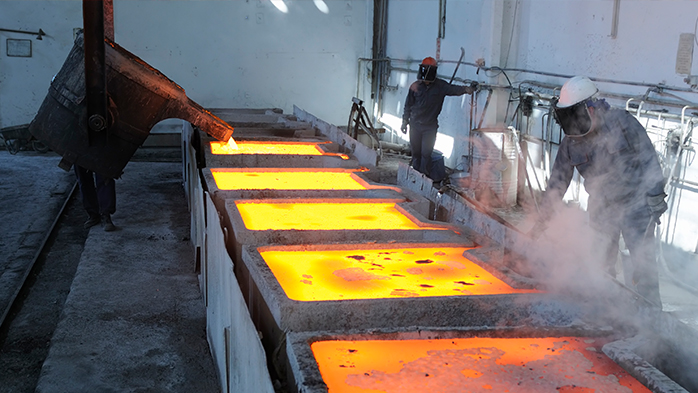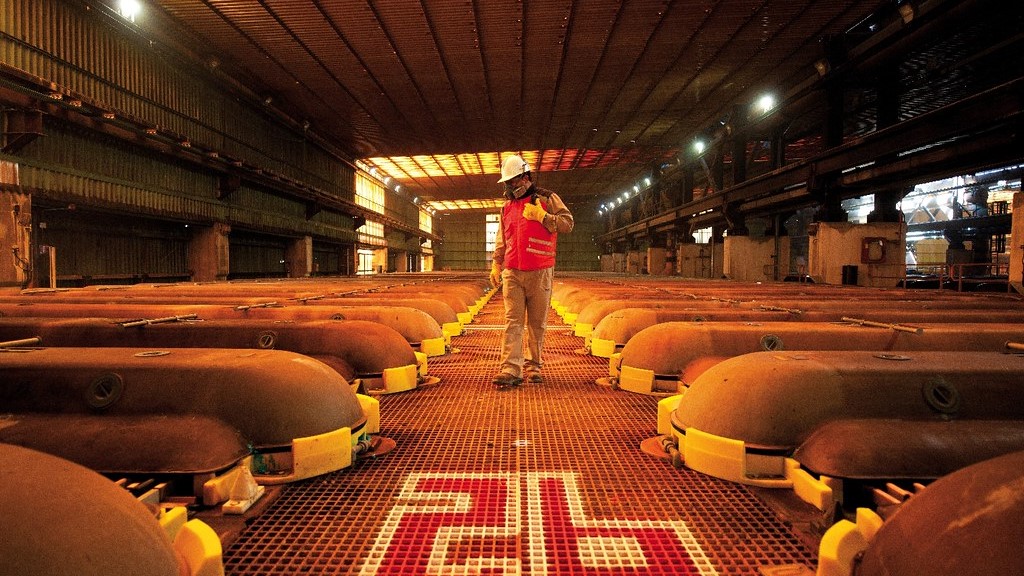Global copper smelting falls in October, satellite data shows

Global copper smelting activity declined in October due to fears of a recession, weak demand and maintenance shutdowns, data from satellite surveillance of metal processing plants showed on Friday.
Smelting activity fell in all regions except North America, according to a joint statement from commodities broker Marex and SAVANT, the satellite analytics service Marex launched with Earth-i in 2019.
“Lower turnover is a natural consequence of bear markets in derivatives, as is lower output through the supply chain in the physical marketplace,” said Guy Wolf, global head of analytics at Marex.
Earth-i, which specialises in geospatial data, tracks smelters representing 80% to 90% of global production. It sells data to fund managers, traders and miners, and also publishes a free monthly index of global copper smelter activity.
Its global copper dispersion index, a measure of smelter activity, fell to 47.5 in October from 49.0 the month before.
The dispersion index for China, the world’s biggest refined copper producer, fell for a fifth straight month in October to 44.3 from 44.8 in September.
“In China, tightness in scrap supply also appears to be weighing on smelter utilisation rates,” the statement said.
Under the dispersion index, 50 points indicate that smelters are operating at the average level of the past 12 months. It also has a second index showing the percentage of active smelters.
In nickel, global smelting activity fell in October, largely due to weakness in nickel pig iron (NPI) output in China.
The global dispersion index for nickel dropped to 45.4 in October from 51.3 in September.
Thirteen of China’s 31 NPI plants were inactive at the end of October as stainless steel demand remains weak.
“In Europe, nearly two thirds of capacity is now seen as inactive due to a combination of a recessionary macroeconomic environment, deep discounts for ferronickel compared to class 1 metal and prohibitively high electricity costs,” the statement said.
(By Eric Onstad; Editing by Vinay Dwivedi)
More News
Chile to cut 2025 copper price forecast, WSJ reports
The Chilean government will cut the estimated average price to $3.90 to $4 a pound from a current projection of $4.25.
April 06, 2025 | 10:49 am
Breakthrough Cu-Ta-Li alloy could transform aerospace, defense applications, researchers say
US Army Research Laboratory developed nanostructured copper alloy with exceptional thermal stability and mechanical strength.
April 04, 2025 | 04:17 pm
{{ commodity.name }}
{{ post.title }}
{{ post.excerpt }}
{{ post.date }}



Comments